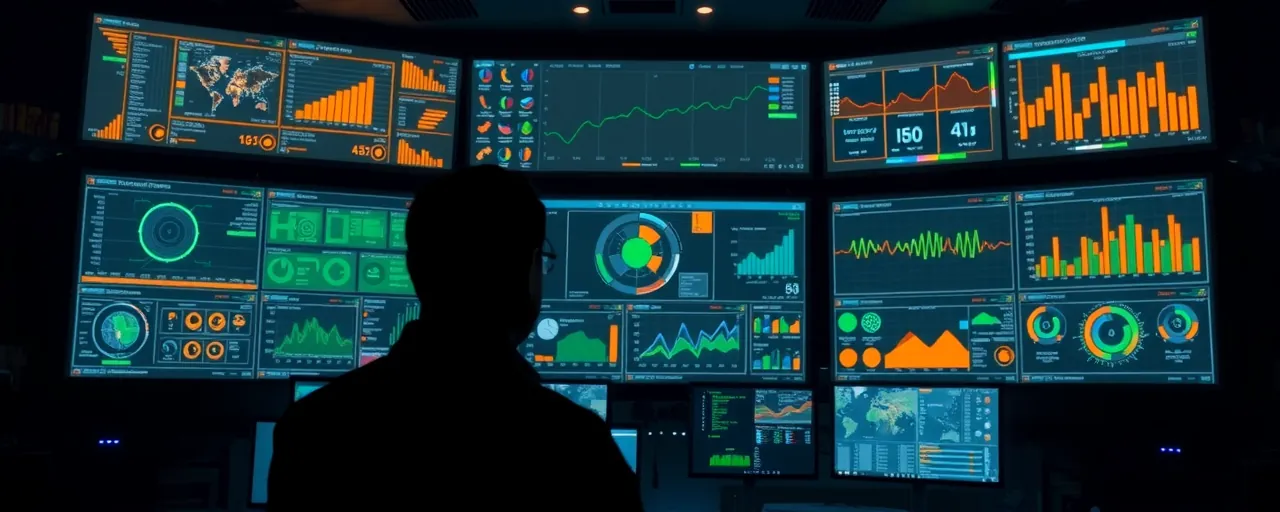A Digital Arena Under Siege
Cyberspace drives global connection, from banking to communication, but it’s now a battleground where adversaries launch complex attacks. These threats endanger national security and disrupt daily life. Department of Defense leaders recently emphasized the need for urgent action, as nations like China exploit digital weaknesses to gain strategic edges.
In a House Armed Services Committee hearing, Laurie Buckhout, acting assistant secretary of defense for cyber policy, explained how adversaries turn cyberspace into a contested domain. Drawing on decades of expertise, she highlighted Volt Typhoon, a Chinese state-sponsored group infiltrating power grids and water systems. These intrusions threaten essential services, making the issue deeply personal for communities nationwide.
The danger is immediate. A 2024 Cybersecurity and Infrastructure Security Agency advisory detailed Volt Typhoon’s extensive reach into U.S. infrastructure, warning of potential espionage or outages. This reality affects not only military systems but also civilian necessities like hospitals and utilities, underscoring the stakes for every American.
Adversaries Adapt, Threats Multiply
China leads a crowded field of cyber adversaries. Russia blends cyber operations with geopolitical aims, Iran escalates malicious campaigns, and North Korea powers ransomware schemes. Criminal networks further complicate the landscape, attacking infrastructure for profit. These groups use elusive tactics, like Volt Typhoon’s method of exploiting legitimate tools to avoid detection.
Data paints a stark picture. In 2024, state-sponsored cyber operations spiked by 150 percent, with attacks growing stealthier and faster. Adversaries now infiltrate systems in under 24 hours, often leaving no trace of malware. This evolution, seen in historical breaches like the 2020 SolarWinds hack, demands advanced defenses to protect both military and civilian infrastructure.
Past incidents reveal the growing scope of cyber warfare. The 2010 Stuxnet attack targeted Iran’s nuclear program, while recent campaigns combine espionage, sabotage, and disinformation. These threats challenge the U.S. to stay ahead in a landscape where digital and physical security increasingly intertwine.
The Pentagon’s Push Forward
The Department of Defense is intensifying its cyber efforts. Army Lt. Gen. William Hartman, acting commander of U.S. Cyber Command, told lawmakers his team conducts thousands of operations daily to protect national networks and counter global threats. In 2024, Cybercom executed over 6,000 missions, a 25 percent jump from the prior year, with even more projected for 2025.
Technology is central to this fight. Hartman emphasized artificial intelligence’s role in rapidly analyzing threats and deploying defenses. The DoD’s 2023 Cyber Strategy allocates $14.5 billion to bolster resilience, expand talent, and innovate. Still, securing contractor networks and updating aging systems remain significant hurdles.
Cybercom 2.0, a program to enhance operations, is being refined. Leaders propose a structure similar to U.S. Special Operations Command, centralizing training while allowing operational flexibility. This overhaul aims to improve coordination and adapt to fast-changing threats, though it requires careful execution to succeed.
The Talent Crisis
A skilled cyber workforce is essential, yet recruiting and retaining talent proves challenging. Hartman noted fierce competition from tech companies offering better pay and fewer constraints. While specialized roles like coders thrive on the mission’s unique purpose, attracting linguists, planners, and analysts remains difficult.
Government agencies face a shortage of 500,000 to 700,000 cybersecurity experts. Lengthy hiring processes, salaries trailing private-sector rates by up to 30 percent, and burnout rates nearing 60 percent in some units create persistent gaps. Recent workforce cuts, with 5 to 8 percent of Cybercom personnel opting for voluntary separation, intensify the strain.
Mental health adds another layer of concern. Cyber operators endure relentless stress, and a congressional report highlighted insufficient support. Cybercom hired its first psychologist in 2025 and plans to expand resources, but addressing the human cost of this work remains a pressing need.
Navigating Innovation and Responsibility
Artificial intelligence transforms cyber defense, enabling real-time threat detection and automated responses. Yet, adversaries exploit AI for deepfakes and novel attacks, raising ethical questions. How do we ensure human oversight? Can algorithms avoid bias in targeting? Discussions at the United Nations since 2018 push for norms to balance innovation with accountability.
International collaboration offers promise. Some leaders advocate for deeper NATO cyber commitments and UN agreements to counter state-sponsored hacking. Others emphasize partnerships with private industry to protect critical infrastructure, which faces a 50 percent surge in cyber incidents. These efforts require alignment across governments and sectors to build lasting resilience.
The Road Ahead
The U.S. navigates a dynamic cyber landscape where threats outpace defenses. The DoD’s focus on technology, talent, and global alliances signals determination, but shortages in expertise, vulnerabilities in infrastructure, and ethical complexities present ongoing tests.
For communities across the country, the implications are tangible. A cyberattack could halt power, water, or healthcare services, disrupting daily routines. The Pentagon’s strategies aim to prevent such outcomes, but success hinges on sustained resources and cooperation among government, industry, and international partners.
Cyberspace increasingly defines modern conflict, and attacks are inevitable. The critical question is whether the nation can respond effectively, blending advanced tools with the human insight and ethical clarity needed to secure a digital future.
